Apartments: The Ultimate Guide
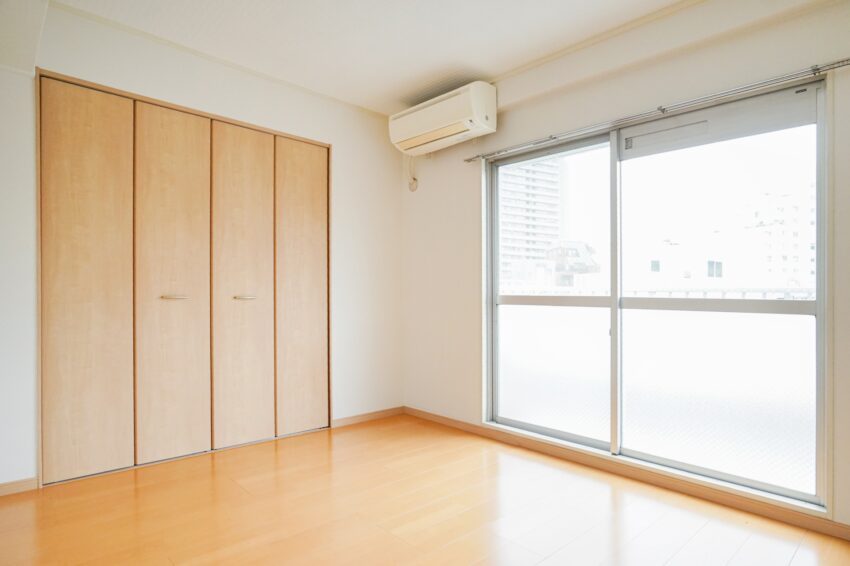
Top photo: th0852さん on PhotoAC
 Let’s face it, looking for an apartment is not only tedious, but daunting as well. However, we all have to look for apartments depending on the ever-changing circumstances in our lives.
Let’s face it, looking for an apartment is not only tedious, but daunting as well. However, we all have to look for apartments depending on the ever-changing circumstances in our lives.
In this article, I offer a few of tips I’ve learnt and discovered when apartment-hunting myself. I’ll also share some of the essential terminology to hopefully make your experience easier!
Step 1: Do the Research!
Common Terms
Properties are called 物件「bukken」. You will also come across terms such as 借りる「kariru」or 賃貸「chintai」. These means “to borrow” and “rent or lease“ respectively.
These are the three keywords that you’ll need to look for to be pointed in the right direction. From there, things are pretty straightforward! Mostly.
Platforms
You can look for properties on two platforms:
1) 不動産「fudousan」= physical property agents
2) サポートサイト「sapoto saito」= sites that compile properties from different property agents
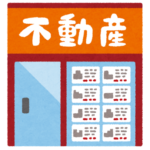 Physical property agents are realtors that have physical stores, of course. You can glance at featured properties on their store front and walk-in for a free consultation.
Physical property agents are realtors that have physical stores, of course. You can glance at featured properties on their store front and walk-in for a free consultation.
Of course, this requires you to have at least conversational ability in Japanese in order to get your request across.
 If that was too much of a hurdle for you, this next option is not only convenient, but offers a more comprehensive range of properties. Support sites compile properties from different property agents in the area. You can even filter your search to find the exact property that suits you. Some support sites include Suumo, Lifull Homes, athome, able, apamanshop and chintai.
If that was too much of a hurdle for you, this next option is not only convenient, but offers a more comprehensive range of properties. Support sites compile properties from different property agents in the area. You can even filter your search to find the exact property that suits you. Some support sites include Suumo, Lifull Homes, athome, able, apamanshop and chintai.
Step 2: Do the Real Search!
So how do you even begin to look for a property? Consider the following two points:
Location
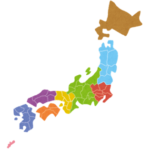 Properties in Japan are segmented into region, prefectures, cities then by エリア「eria」 or 沿線「ensen」which means “area” and “along the line” respectively. “Along the line” refers to train lines operated by JR or private companies. The easier option would be to choose your desired area, and then compare commute times to the nearest station. Many realtors will list this along with the other details (i.e. “5 minutes from XXXX Station”)
Properties in Japan are segmented into region, prefectures, cities then by エリア「eria」 or 沿線「ensen」which means “area” and “along the line” respectively. “Along the line” refers to train lines operated by JR or private companies. The easier option would be to choose your desired area, and then compare commute times to the nearest station. Many realtors will list this along with the other details (i.e. “5 minutes from XXXX Station”)
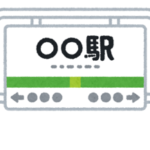 Other factors regarding the location would be how close it is to your workplace, station, supermarket and other locations you deem necessary. Always be sure to check the map and survey your surroundings!
Other factors regarding the location would be how close it is to your workplace, station, supermarket and other locations you deem necessary. Always be sure to check the map and survey your surroundings!
Cost
Rent would be the first thing you look at, but do take note of the other costs too! This section is divided into two types of costs; Monthly (recurring) frees and one-time upfront payments.
 Monthly fees
Monthly fees
These include your rent and management fees. In most cases, the monthly cost excludes utilities.
賃料「chinryo」= rent
管理費 「kanrihi」= management fee
○○サポート 「sapoto」= support fee (usually applies to mansions only)
 One-time upfront fees
One-time upfront fees
These include security deposits, key money, cleaning fee, disinfection fee and support fees.
敷金 「shikikin」= security deposit (no, you do not get this back after your lease)
礼金・鍵交換費 「reikin, kagi-koukanhi」= key money or key exchange fee (same thing)

消毒代 「shoudoku-dai」= disinfection fee
室内クリーニング 「shitsunai kuriingu」= indoor cleaning fee
合計 「goukei」= Total
Hence, do not rush through a listing and study the other costs carefully. Upfront payments may sometimes cost as much as 1 to 5 times your monthly rent!
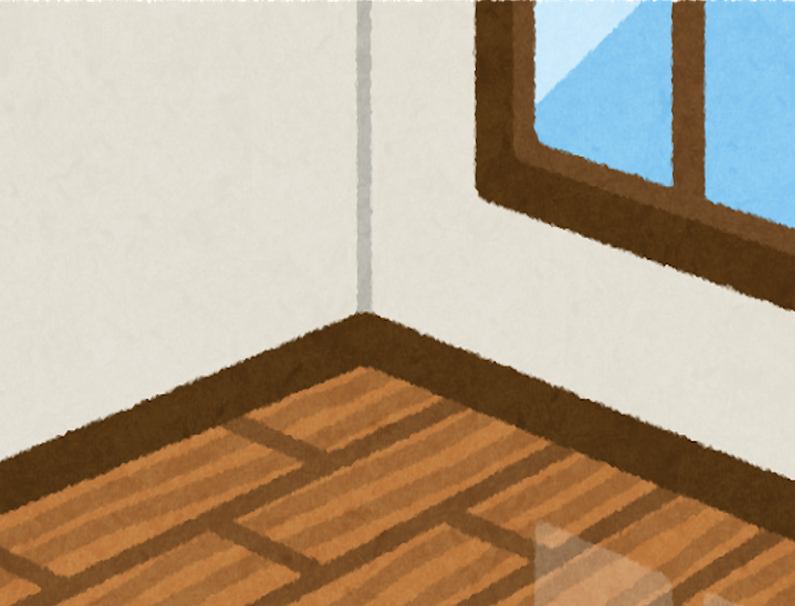
Step 3: Check the Place Out!
 Generally Japanese properties are measured in 畳「tatami」, literally counting the tatami mats. But an easier classification is by L, D, K and R which stand for Living, Dining, Kitchen and Room respectively.
Generally Japanese properties are measured in 畳「tatami」, literally counting the tatami mats. But an easier classification is by L, D, K and R which stand for Living, Dining, Kitchen and Room respectively.
It is usually paired with a number (e.g. 1K) means there is a room and a kitchen, and its separated. ○○R or ○○K is the smallest while ○○LDK is the biggest.
Remember, 1DK has a dining room, a balcony and the bathroom and toilet are separated!
Other Conditions
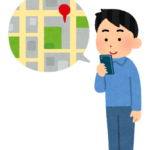 After deciding on the location, there may be more conditions which you’d like to narrow your search to. To filter your conditions, look for the term 絞り込み物件「shiborikomu bukken」. Here, I’ll list some popular conditions and also my personal preferences when searching for property listings.
After deciding on the location, there may be more conditions which you’d like to narrow your search to. To filter your conditions, look for the term 絞り込み物件「shiborikomu bukken」. Here, I’ll list some popular conditions and also my personal preferences when searching for property listings.
賃料「chinryo」 = rent/lease fees. Other words include 管理費・共益費込み、礼金なし、敷金・保証金なし (management fee/ service fee included, no key money, no security deposit)
間取り「madori」= floor plans, 1R ~ 5K and above
物件種類「bukken shurui」= types of properties,アパート、マンション、一戸建て (apartment, mansion, detached house)
駅徒歩「ekitohou」= walking distance from the nearest station
築年数「chikunensu」= age of the building
こだわり条件「kodawari jyouken」= filtering options. These include:
● 駐車場あり = parking spot
● バス・トイレ別 = separate bath and toilet
● ペット可能 = pets allowed (sometimes its ペット相談 which means open for consultation on having pets)
● 2階以上 = level two and above
● 写真付き = with pictures
● 南向き = facing south (facing the afternoon sun)
Step 4: Final Tips
Personally, my advice for choosing an apartment is choose one that is a few stations off the city center. It’s cheaper and still a stone’s throw away from the main hub.
Next, take note if there are any colleges or universities around you. This gives you an idea of the demographics of the occupants in that area. My neighbor looks to be in his 20s and has friends that come over until 12 or 1 a.m. most nights. You may want more quiet neighbors yourself!
● Try not to get rooms with Japanese-style (tatami) rooms if possible. Though I love Japanese rooms myself, maintenance for tatami can be a pain and once you move out, you may incur additional cleaning and replacement costs which can go into the range of 10,000 to 20,000 yen. Hardwood or tiled floors are considerably easier to clean.

● Opt for at least a 1K where the kitchen and bedroom are separated by a door to prevent your bedroom from smelling like food.
● Opt for level two an above as you’ll have more privacy and sometimes it comes with a veranda. This is particularly recommended for women, and for those who plan to hang their laundry outside on sunny days.

● Sites such as GaijinPot can help with finding guarantor-free apartments. Keep in mind that it’s easier to find more localized listings from Japanese-language realtors as the selection is more limited, but it is another option to consider.
● Properties by providers such as Leopalace come with preset furniture (which can be replaced if something breaks down, like the microwave) Pay attention to the 築年数 though, as some older buildings have defects (this is listed right on the provider’s page for the apartment. Generally if it’s within the last 5-10 years you’re fine.)

● Finally, a south-facing room is a mixed point. You’d be able to dry your clothes better in the sun but you will also face the full brunt of summer.
Looking for an apartment can be daunting at first. Hence, if you have a friend or acquaintance already living in Japan, seek their advice or help when choosing your first property. Or in most cases, the company that is sponsoring your visa (such as Borderlink for those looking to become Assistant Language Teachers) can also help. After all, you can’t work in Japan if you don’t have a place to live in Japan first!
All the best in your apartment hunting!

Photo Credits:
Top photo: th0852さん on PhotoAC
All additional images courtesy of irasutoya.
All other content (text) created by the original author and © 2022 MUSUBI by Borderlink
RELATED
-
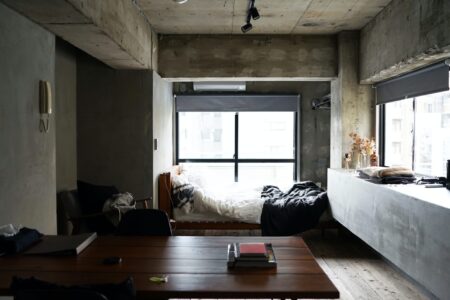
A Beginner’s Guide to Apartments in Japan
Top photo: Joseph Albanese on Unsplash Searching for a place to live is a daunting task, even in the familiar… -
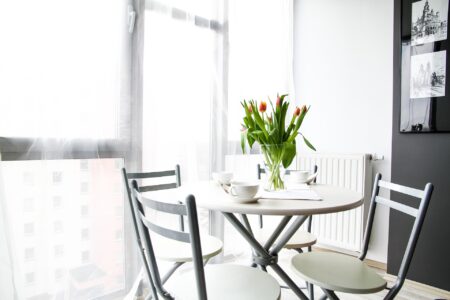
Give Share House Living a Try!
Top photo: jarmoluk on Pixabay Before coming to Japan, we often imagine what our lives would be like in this n… -

New Life in Japan: From Alien to Expat in Fifteen Minutes
Top photo: Jezael Melgoza on Unsplash Imagine taking a job in Japan. The whole process of relocating, flying o…
PEOPLE

Haruka Takeda
From Singapore
Has experienced Japan for about 2 years!


